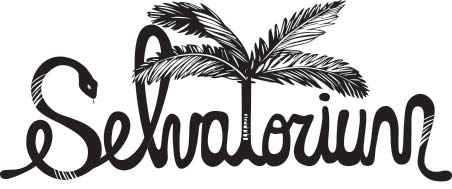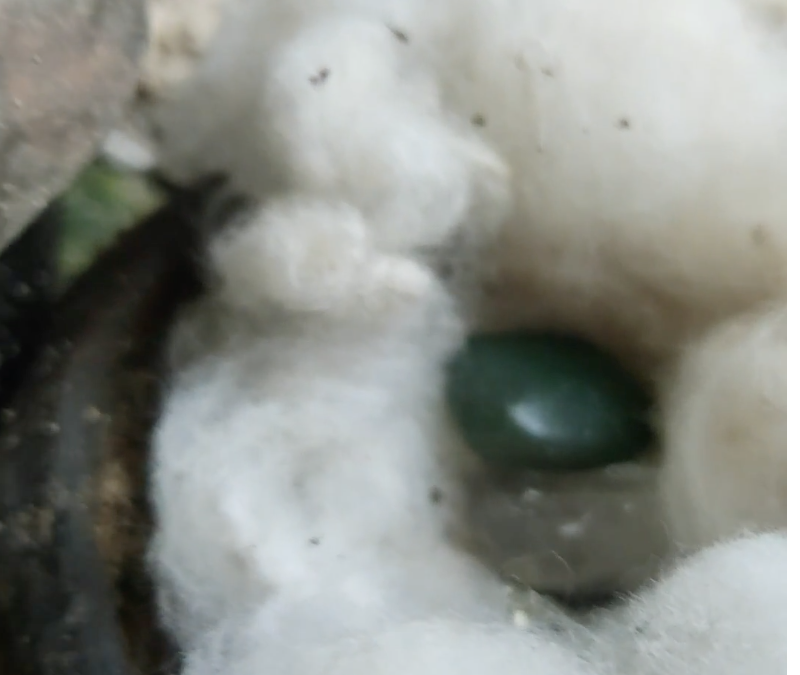Existe en las comunidades originarias de la Sierra Nevada de Santa Marta un ritual de ofrenda y gratitud al que le llaman Pagamento. Esta práctica ancestral se realiza antes de cualquier proceso o proyecto y es lo que garantiza el permiso y protección, para habitar el territorio en concordancia a las fuerzas creadoras.
Estas instancias, son conocidas y vividas por nuestros estudiantes en sus comunidades y también son parte fundamental de nuestra propuesta educativa, alineándonos con la cosmovisión del territorio. En este ritual revisamos nuestros pensamientos, acciones, sueños y otras señales. Para nosotros, los “civilizados” (como estos pueblos nos suelen llamar), podría asemejarse a un estado meditativo, donde reflexionamos en profundidad y con sinceridad sobre el motivo del Pagamento, puede ser para solicitar permiso, para agradecer, para retribuir por lo que nos da, etc. Se paga a aquello negativo que hayamos o nos hayan generado. Se limpia en el imaginario lo material, los miedos, aquellas situaciones en las que pensamos de manera negativa. Por otro lado agradecemos y pensamos en el positivo, la comida, la abundancia, la protección. Solicitamos permiso a las madres y padres espirituales del territorio, que son energías manifestadas en elementos, animales y seres.
Se utilizan piedras (“tumas”) que son entregadas a la tierra, hay un amplio conocimiento de las piedras que sirven para una cosa u otra. En los dedos se sostienen trozos de fibras de algodón, planta que crece en la Sierra y con la cual se fabrica la vestimenta de koguis y arhuacos. Con movimientos de los dedos y brazos, a modo de atraer lo positivo y alejar lo negativo, se van depositando en el algodón, que simboliza la mochila espiritual, los pensamientos y reflexiones, Luego son introducidos en una vasija de barro o directo en la tierra, en sitios sagrados, llamados caducos.
Los pagamentos son siempre guiados por un “Mama” o “mamo”, quienes son las autoridades espirituales de estas etnias. Ellos tienen una preparación durante toda su vida para llegar a tener habilidades de comunicación con los elementos de la naturaleza, ser canal de mensajes, poder solucionar enfermedades, usar la adivinación y muchos otros dones en beneficio de la comunidad. Selvatorium está resguardado por la guía del Mamo Alfonso, sabedor Kogui de la familia Nuivita. Él es abuelo y bisabuelo de varios de nuestros estudiantes, pero la mayor parte del tiempo vive en un pueblo sierra adentro, al cual se llega desués de 6 a 7 días caminando. Su hija, María Teresa, quien ha heredado sus dones de conexión con el mundo espiritual, está más cotidianamente en contacto con Selvaotorium y es quien en la práctica guía nuestros pagamentos. Las mujeres que guían espiritualmente y que tienen los dones de la adivinación, son conocidas como “Saja”.
Sin duda, mucho para aprender de estas culturas y en Selvatorium estamos muy comprometidos con mantener y fortalecer los vínculos con el territorio, para que los propósitos de hacer de nuestra comunidad educativa un aporte, sean una realidad.
In the native communities of the Sierra Nevada de Santa Marta there is a ritual of offering and gratitude that they call Pagamento. This ancestral practice is carried out before any process or project and is what guarantees permission and protection to inhabit the territory in accordance with the creative forces.
These instances are known and experienced by our students in their communities and are also a fundamental part of our educational proposal, aligning us with the worldview of the territory. In this ritual we review our thoughts, actions, dreams and other signals. For us, the “civilized” (as these people usually call us), it could be likened to a meditative state, where we reflect deeply and sincerely on the reason for the Payment, it could be to request permission, to thank, to repay what we have done. gives us, etc. It is paid to the negative that we have or have generated for us. The material, the fears, those situations in which we think negatively are cleaned in the imagination. On the other hand, we are grateful and think about the positive, food, abundance, protection. We request permission from the spiritual mothers and fathers of the territory, which are energies manifested in elements, animals and beings.
Stones (“tumas”) are used that are delivered to the earth, there is extensive knowledge of the stones that are used for one thing or another. Pieces of cotton fibers are held in the fingers, a plant that grows in the Sierra and with which the clothing of the Koguis and Arhuacos is made. With movements of the fingers and arms, in order to attract the positive and ward off the negative, the thoughts and reflections are deposited in the cotton, which symbolizes the spiritual backpack. They are then introduced into a clay pot or directly into the earth. , in sacred sites, called caducos.
The payments are always guided by a “Mama” or “mamo”, who are the spiritual authorities of these ethnic groups. They have training throughout their lives to have communication skills with the elements of nature, to be a channel of messages, to be able to solve diseases, to use divination and many other gifts for the benefit of the community. Selvatorium is guarded by the guidance of Mamo Alfonso, a knowledgeable Kogi of the Nuivita family. He is the grandfather and great-grandfather of several of our students, but most of the time he lives in an inland mountain town, which can be reached after 6 to 7 days walking. His daughter, María Teresa, who has inherited his gifts of connection with the spiritual world, is in more daily contact with Selvaotorium and is the one who practically guides our payments. Women who guide spiritually and who have the gifts of divination are known as “Saja”.
Without a doubt, there is a lot to learn from these cultures and we are very committed to maintaining and strengthening ties with the territory, so that the purposes of making our educational community a contribution become a reality.
………………………………………………………………………………………………………

